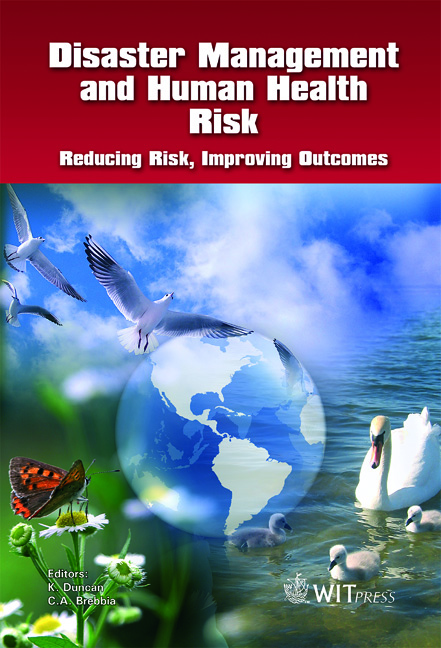A Procedure For The Evaluation Of Geotechnical Risk In Urban Areas: The Case Of Centuripe Town
Price
Free (open access)
Transaction
Volume
110
Pages
12
Published
2009
Size
853 kb
Paper DOI
10.2495/DMAN090311
Copyright
WIT Press
Author(s)
P. Capilleri, M. Maugeri & E. Raciti
Abstract
In Italy, many urban areas suffer geotechnical hazard problems. However the Municipalities are not yet organised either to deal with the consequences of the possible phenomena, or to plan risk factor mitigation actions, by vulnerability reduction of the exposed elements. Before acting, a deep knowledge of the studied area and of the most important element at risk is needed. For this aim, one of the most widely used procedures is microzonation. This follows the recommendations of the \“Manual for zonation on areas susceptible to Rain- Induced Slope failure” (ATCGNH – ISSMFE (Asian Technical Committee on Geotechnology for Natural Hazards in ISSMFE) The Japanese Geotechnical Society, July, 1997), for example, compiling expressly designed penalty forms. In this work, an approach to detect the vulnerability factors of Centuripe town’s (EN – central-eastern Sicily) historical centre buildings is shown. A model of the penalty form based on the one proposed by Massimino et al. (The Grade 2 microzonation of Sellano. Italian Geotechnical Journal, XXXV, n.4, pp. 79-89, 2001) and conveniently modified to point out hydrogeological risk (Raciti et al. \“GIS Techniques Application in Geological Hazard of Slope Instability Map Editing”. Mining and Environmental GeoEngineering, XLV, n. 1, April 2008) is proposed. The proposed forms will be compiled for 101 buildings and 3 roads. Keywords: geotechnical hazard, urban vulnerability, penalty form, hydrogeological microzonation.
Keywords
geotechnical hazard, urban vulnerability, penalty form, hydrogeological microzonation




